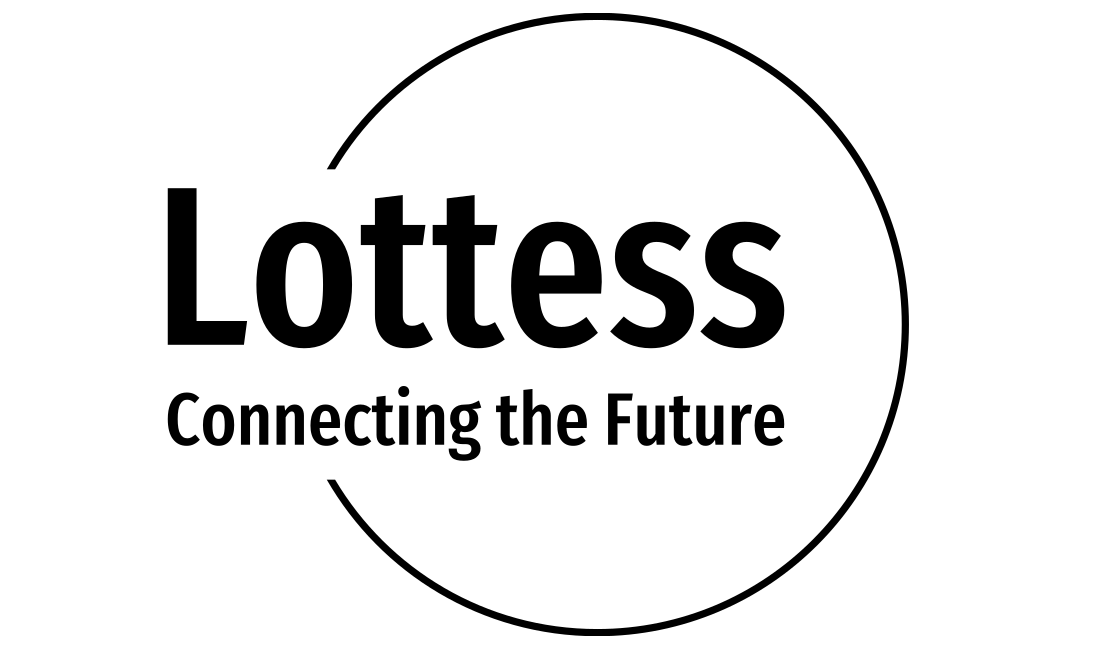Have you ever wondered what the invisible backbone of the internet looks like? The unsung heroes of modern communication are fiber optic cables since they can send enormous volumes of data at the speed of light. The complex elements of these cables, their operation, and the reasons for the need to invest in premium materials will be discussed on this page. We also would want to introduce you to Changsha Lottess Technology, a reputable supplier of high-quality fiber optic cables.
Fiber optic cables are…
Using light signals, fiber optic cables transmit data; this approach offers several benefits over conventional copper cables. These benefits comprise higher dependability, longer transmission distances, and faster speeds.
Advantages over copper cables:
Speed: The broadband of optical fiber cable is much higher than that of copper connections.
Data might be transferred over far greater distances with relatively low loss.
Less prone to being influenced by environmental damage and electromagnetic interference.
The Components Fundamental to a Fiber Optic Cable
Made of many layers, a fiber optic cable serves a specific purpose in each one:
1. The fiber core:
Usually composed of highly pure glass or plastic.
Transmission of data depends on carrying the light signal.
2. The fiber cladding:
Material: A special sort of plastic or glass around the core.
Its purpose is to reflect light back into the core, thereby stopping signal loss.
3. The coating buffers:
Material: An acrylic or polymer layer offering protection.
serves to guard the sheathing and core from physical damage and moisture.
4. Members of strength
Kevlar, steel, or some other strong material.
Structural support and prevention of cable tugging or stretching help to ensure this.
5. Sheath:
the outer jacket, material: anything robust, like polyethylene.
Protection from outside factors like dampness and abrasions shields the interior components.
Single-mode versus multi-mode Fiber
Single-Mode Fiber (9/125)
• Core Diameter: 9 micrometers.
•Light Path: Single path.
•Distance: Ideal for long-distance communication.
•Application: Telecommunications and long-haul networks.
Multi-Mode Fiber (50/125, 62.5/125)
•Core Diameter: 62.5 or 50 micrometers.
•Light Path: Multiple paths.
•Distance: Suitable for shorter distances.
•Application: Local Area Networks (LANs), data centers.
Variations in Fiber Optic Cable Size and Type
An overview of Typical Sizes
62.5/125 multimode: Often found on older LANs.
Mostly contemporary telecommunication networks use 9/125 single-mode.
Applications needing high-speed data would find 50/125 multimode to be the best choice.
These are particular grades of single-mode fibers utilized for different performance criteria: 9/125um g652d and g657a1.
An Extensive Analysis of the 12-Core GYXTW Fiber Optic Cable
One excellent example of a robust fiber optic cable is the GYXTW:
Construction layers:
1. HDPE Sheath: offers exterior protection.
2. Steel wires provide tensile strength.
3. Steel tape shields from physical injury.
4. Water-blocking tape offers protection from moisture entering.
5. Optical fibers—the data carriers themselves.

Value of Employing Superior Materials
Using premium materials in fiber optic cables is crucial for several different reasons.
Attenuation and Performability
High-quality optical fiber guarantees low attenuation rates, therefore ensuring that the signal stays strong over great distances.
Low-grade PE materials are prone to aging and brittle development, which could lead to cable failures.
Consequences of Low-Quality Materials
Low quality of the materials could cause major mistakes in data transmission. Poor-qualityables are more prone to fail frequently, which could compromise the dependability of the network.
The Dark Side: The Methods Certain Suppliers Use to Shortcuts
Some manufacturers might employ a range of techniques to cut their production costs:
lower-grade fiber which leads to weak signal and a lot of attenuation.
Low-quality or recycled PE causes quick cable breakdown.
Possibilities of hazards:
High attenuation raises the likelihood of losing a signal.
Network failure compromises the dependability and integrity of the whole system.
Attenuation: A Crucially Important Component in Fiber Optic Performance
The light signal loses its power as it moves across optical fiber. We call this attenuation.
Impact:
High-quality optical fiber reduces attenuation, so ensuring efficient transmission at great distances. While low quality causes a lot of signal loss, therefore compromising the general network performance.
Applications involving fiber optic cables
Many uses in:
1. Telecommunications: Voice and data transfer are built upon this.
2. Data centers: Transferring data fast.
3. Media and broadcasting call for clean, high-definition broadcasts.
4. Medical & Healthcare: Applied in diagnostic and imaging.
5. Manufacturing and industry: It helps in improving control systems and automation.
Testing and Standards: Ensuring every thing functions
Following industry standards provides dependability and good performance of cables.
Standard testing methods include:
1. Attenuation testing helps to ascertain the lost signal strength.
2. Tests for optical time-domain reflectometers (OTDR) identify faults and fractures.
Certifications:
Search for certifications including ISO, TIA/EIA, and CE while purchasing cables.
Why Choose Changsha Lottess Technology?
Reliable, high-performance fiber optic cables are best found in Changsha Lottess Technology.
Main points:
Good Materials: Makes use of fibers from reputable vendors, including YOFC and Corning.
Dedication to Quality.
Understanding the components and value of premium fiber optic cables helps one to realize the optimum performance from a network. Investing in premium cables will help you to expect better data transmission, lower attenuation, and a longer lifetime for your connections. Depend on Changsha Lottess Technology for all your fiber optic requirements; their premium products will help you stay ahead of the competition.
